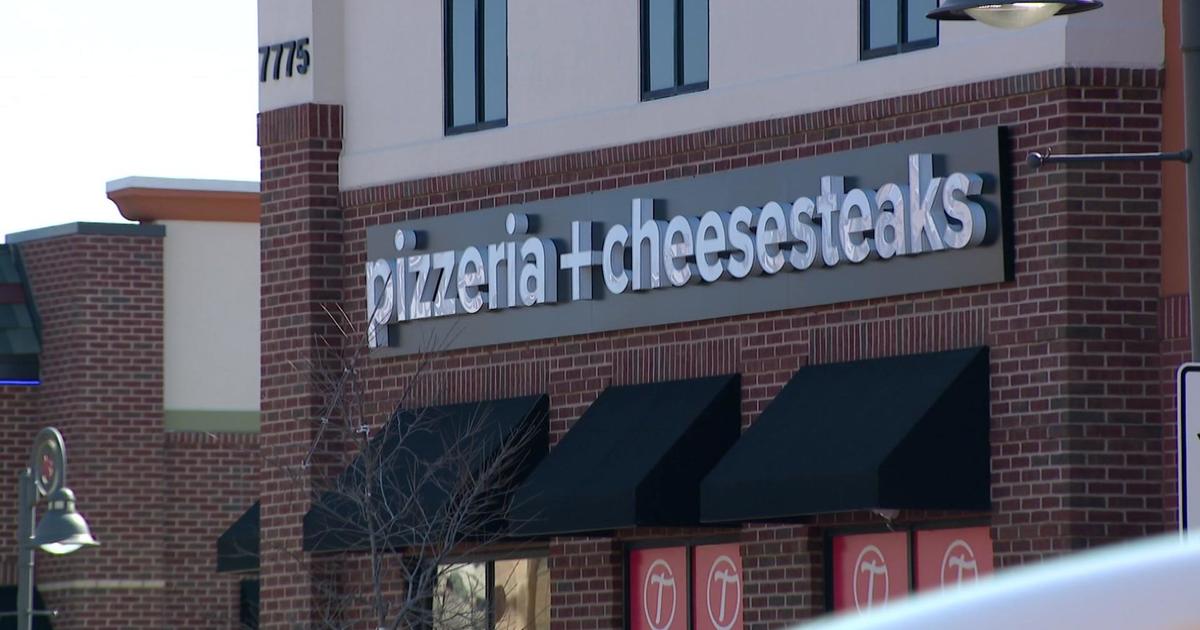How do street sweepers work?
Originally published on April 18, 2022
MINNEAPOLIS (WCCO) -- It finally feels like spring, and cities are getting ready to clean up the mess winter left behind.
Street sweeping kicks off next week in Minneapolis. So we wanted to know: How do street sweepers work? And where does all that debris end up? Good Question. WCCO's Jeff Wagner got the dirt on this dirty job.
Bristles bustling down the block -- a sight and sound that shows spring is in the air. Why is street sweeping necessary?
"Keep all the debris out of the drains," said Ted Davison, supervisor with Minneapolis Public Works.
Clearing the streets prevents winter's mess from ending up in waterways. While street sweepers stay active all summer, there are two big cleaning efforts. One happens in the spring and the other in the fall.
For the large efforts at the beginning and end of the warm seasons, there's several vehicles involved. It starts with a "trickle truck" that gently sprinkles water on the road and curb.
"It's good to have [the street and debris] wet. Picks up better, dust control," said Davison.
It's then followed by two sweepers, with the second scooping up what the first left behind, both buzzing along around 5-7 mph.
In the days ahead, crews will clean 1,100 miles of road. That's on top of the 400 miles of alleys already completed.
How does the sweeper work? It has two engines, one for driving and the other to operate sweeping system. Two side brooms spin the debris under vehicle, where it hits a center brush that then pushes the debris toward a rear broom. The rear brooms rotates upward toward a conveyor that collects everything.
The bristles on the side brooms are made of steel, however they still wear down after repeatedly swirling against concrete and asphalt.
"When they get short, we change them out. We won't make it all season with [those bristles]," said Davison.
One crew will cover dozens of miles in a day, but they stop frequently to unload into a dump truck that follows along. What happens to the debris that's collected?
"We bring it to a dump site. And then it sits for a while until it composts. Then we get it trucked out to a landfill and they use it on top coat," said Davison.
It's a slow-but-sure process to polish the pavement, and the crews just a have a few requests. Don't put the leaves or brush from your yard into the street. And be sure to move your car ahead of the scheduled cleaning.
As for drivers, Davison said it's OK to pass a sweeper if there's a safe amount of space to do so.





